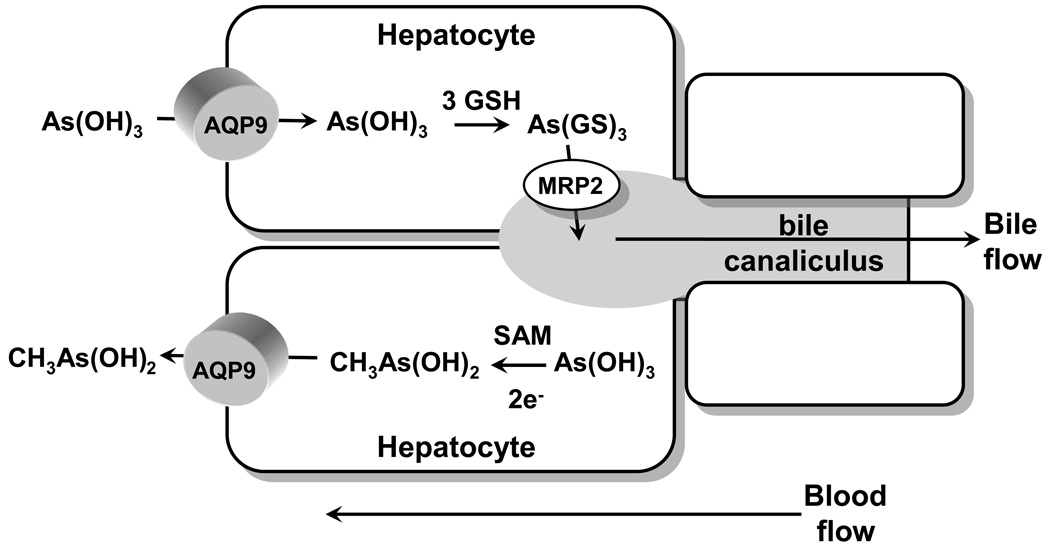Fig. 3. Proposed pathways of metalloid transport in liver.
Arsenite in the form of As(OH)3 flows down a concentration gradient from blood into hepatocytes through AQP9, which is the major aquaglyceroporin in liver (Carbrey et al. 2003). In the cytosol of the hepatocyte, As(OH)3 can be either glutathionylated to As(GS)3 or methylated to MAs(V), which is reduced to MAs(III). As(GS)3 is pumped into bile by MRP2 (Liu et al. 2001), and perhaps by other members of the ABC superfamily of ATPases. Alternatively, As(OH)3 can be methylated and reduced to CH3As(OH)2, which then flows down its concentration gradient via AQP9 into blood.

